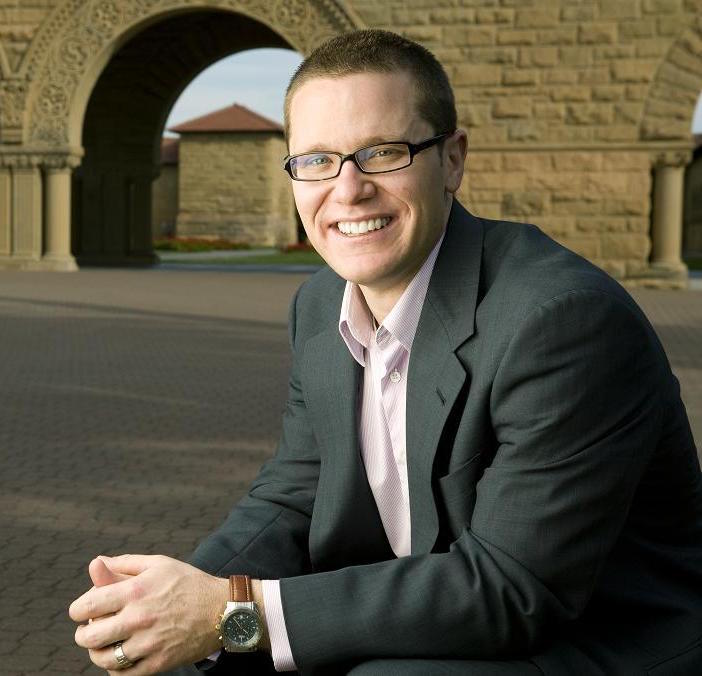Leaders: David Grusky, Tomás Jiménez, Doug Massey, Beth Mattingly
This RG was created after the CPI received a sub-award to study Hispanic poverty, inequality, and mobility. The objective is to document key poverty and inequality trends, to begin the task of explaining what underlies them, and to then populate a new website, with the results coming out of this research.
We are taking on five lines of research under the leadership of both young and more distinguished scholars. The “basic trends” group is documenting key developments in Hispanic population distribution, income, education, poverty, employment, and “safety net” use; the “new generations” group is examining whether second and third generation immigrants are successfully incorporating into the labor market; the “social mobility” group is assessing whether Hispanics continue to have ample opportunities to improve their economic situation during their lifetime; the “social policy” group is examining how recent legal and policy changes have affected Hispanic natives and immigrants; and the “health” group is exploring the sources of deteriorating health among Hispanic immigrants and natives. The work of this RG was featured in a Pathways Magazine special report on poverty, inequality, and mobility among Hispanics.
Research Group Image:





